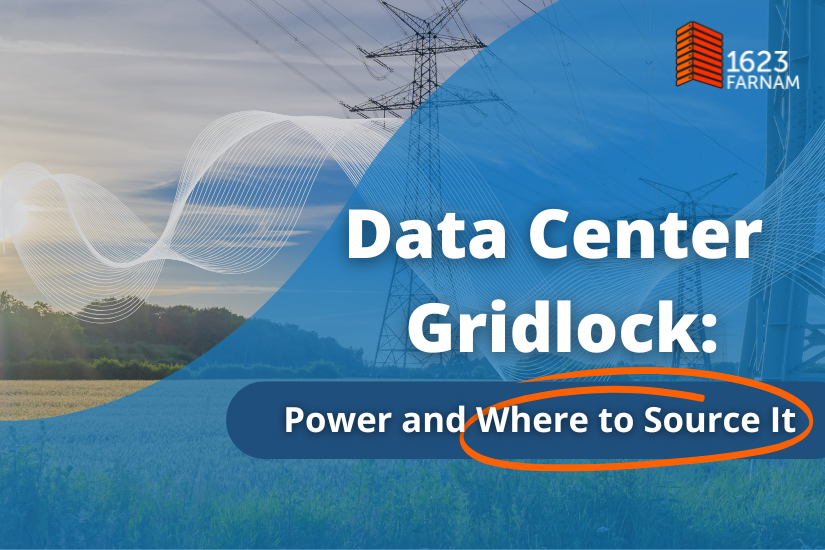Around every corner of today’s data center market, statements about capacity shortages and a lack of available power abound. Those in the know have noted that, despite banner years of data center growth, a lack of space and power will likely constrain the future. At the same time, this challenge is only being exacerbated by new, compute-intensive applications from AI, which continues to grow at an astounding rate, gobbling up more capacity than ever before. In fact, the advent and adoption of generative AI is expected to catalyze a massive rise in global electricity consumption in the near future — estimates showed an increase of 60% just by 2023. The same experts forecast overall data generation doubling in the next five years, requiring data center capacity to grow from 10.1 zettabytes (ZB) in 2023 to 21ZB in 2027 in response.
That’s a tall order for a global market hindered by a lack of core resources — so where do we go from here? Surely innovation can’t (and won’t, if history tells us anything) come to a grinding halt simply because power is in short supply and delivery timelines have us lagging behind schedules. Fortunately, operators and enterprising customers continue to prove that where there’s a will there’s a way.
Power Proxies
The exponentially increasing demand for power has, in the best cases, put strain on power grids where developments are popular — and in the worst cases, governments have stalled or banned new developments outright. In the majority of cases, even when access to power is present, experts are saying that it can be years before power is delivered to a site (three to five of them, to be more specific — or more). Not to mention, with decarbonization efforts moving full steam ahead, the industry’s hyper-reliance on traditional power sources has many calling for change.
Power purchase agreements with grids are on the rise as a way to increase capacity resources, and to ameliorate the hold up while increasing sustainability, data centers are finding that alternatives might be the way to go. Solar and wind options are popular, but they’re often remote sources of power, making them less than ideal for the reliable, on-site (and latency sensitive) requirements from most data centers. Nuclear and hydrogen-based power are also two promising alternatives currently being pioneered by innovative organizations, but as development continues, this still leaves data center populations in the lurch.
Overall, it’s clear that with grid operators and utilities needing time to catch up with demand, data centers are playing the waiting game at the expense of customers’ digital transformations — and their own bottom lines. However, here’s the silver lining: This isn’t the case everywhere.
Alternate Paths to Power
For customers that need power now, the answer might be strikingly simple: Go where others aren’t. In the past, this might have been looked at as a nonsensical perspective; people flock to Silicon Valley, Ashburn’s data center alley and other major hubs for a reason, right? Well, in the era of ultra-low latencies, expanding business footprints, remote work, cloud compute foundations and edge deployments, we find a whole new world of power possibilities. CBRE has gone on record stating that power supply constraints could limit or delay development in major markets, but in contrast, those constraints are fueling investment and demand in emerging markets where power isn’t totally spoken for — yet.
Yes, secondary and tertiary hubs are proving to be the heroes of the capacity shortage crisis for hyperscale demands and enterprise workloads alike. Data centers like 1623 Farnam (situated in the center of the U.S.) accomplish more than just power availability. In fact, moving beyond massive data center hubs often gives geographical advantages that further support innovative and demanding applications with more strategic reach, shorter distances to more locations, greater reliability and more.
Partnerships Breed Powerful Results
At 1623 Farnam, we’ve planned capacity accordingly. In fact, we just added multiple new generators that support an additional 3MW of power capacity at the facility. Beyond that, however, we’re proud to say that our partnership with local utilities and power providers like OPPD (Omaha Public Power District) help us offer a range of sustainable power options — in addition to the power and efficiency advantages Omaha already provides.
In short, this is your reminder that despite the headlines and the widespread shortages, capacity is still available for those who are willing to go find it. What’s more, we’re proud to say that those who make the jump to these emerging markets like Omaha will find much more there than mere capacity.


